In youth, during summers, Millicent Kennedy would travel north from Mississippi to study drawing and painting at the School of the Art Institute of Chicago. She fell in love with the city, and now calls it home after studies at regional universities. Currently, Kennedy is the Curator of Exhibitions at the Fine Arts Center Gallery in Northeastern Illinois University and maintains their studio in Ravenswood. This week the COMP Magazine traveled up north to visit Kennedy to discuss their flurry of recent exhibitions, the labor intensive nature of their practice, how narrative elements surface through acquisition and fabrication, the intersection of curatorial and studio investigations, and what’s the plan for summer 2023.
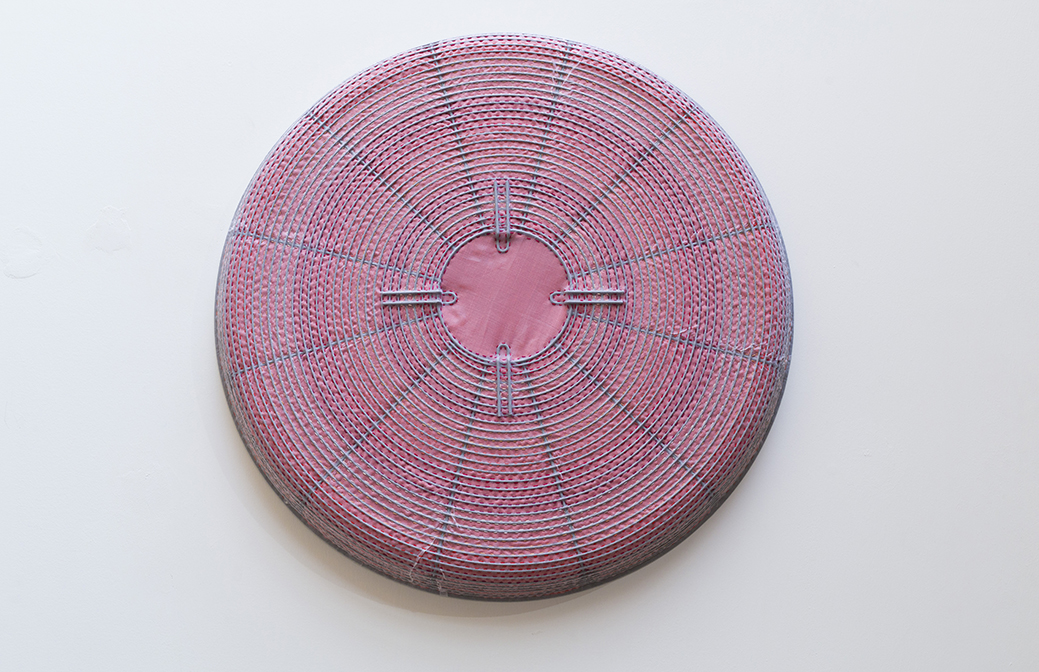
Can we start with a history? You are originally from Mississippi and took classes in youth at the Art Institute of Chicago. It was here you identified the city as a place where you wanted to live. Can you expand on this? Perhaps, you can offer a bit more insight into what role the arts played in your childhood and your interest in the city.
It’s hard to explain falling in love with a place, and being from Mississippi people ask me why I’m here more than my partner who’s from Michigan. I image that they see it as an extreme paradigm shift, something that would shock the system and be unsustainable. But I came here, and more importantly stayed, because it was so different from my hometown. That’s exactly what I wanted. I went to a public residential arts high school, Mississippi School of the Arts, which was my first experience of finding my people, meeting and building friendships with all the artistic weirdos in my school gave me the confidence I needed to branch out further. So, like falling in love too fast I made the decision to move to Chicago after taking a summer early college course at SAIC. That was back in 2009, I have fallen more in love with the city over time. There are so many amazing things about Chicago but one thing about it that speaks to my soul is that while having world-class institutions it also holds a multitude of apartment galleries, artist run spaces and community programs that only exist because creative and resilient people said “Why not! I have as much a place to do this as someone with more funding and resources. I’ll make it happen with what I have.” That industriousness resonates strongly with me, I love grassroots innovation and the communities that come out of it. Over time I would say that I’ve found my communities here, and developed a fierce loyalty to the city I call home.
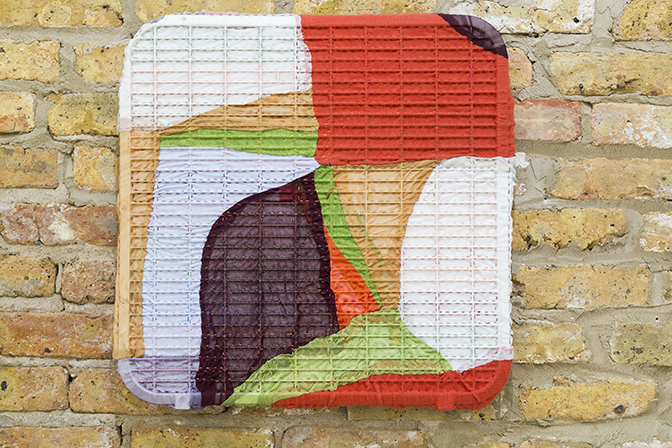
Can you walk us through “For Those Who Toil”, recently up at Purple Window Gallery? This collaborative exhibition with Michael Chambers examined labor, industry, and its effects on workers.
My partner and artistic collaborator Michael Chambers and I are part of a Co-op project space named Purple Window Gallery in the Mana Contemporary building. Part of the programing with PWG is rotating two person shows. Michael and I started talking about our plan for the exhibition we knew right away that we wanted to make work about labor. We both have worked in a variety of physically demanding jobs and maintain solidarity with workers. There is a bounty to be learned about labor history in Chicago and as part of our research we visited a variety of historic sites including the Jane Addams Hull House, Big Marsh and Steelworkers Park; just a few of the places in Chicago that hold the stories of this “City That Works”. My practice utilizes textiles frequently and when someone gave me a broken sewing machine, I knew I wanted to make it into an installation that separates the multitude of pieces from each other and sew them by hand into fabric that I had dyed and printed. This process of taking broken machines and laboring by hand to shroud them into new individual art objects that take up space, and shows all these various parts alongside each other is meant to be an act of love. Every person and worker of our society is of value, and deserves to be considered as such.
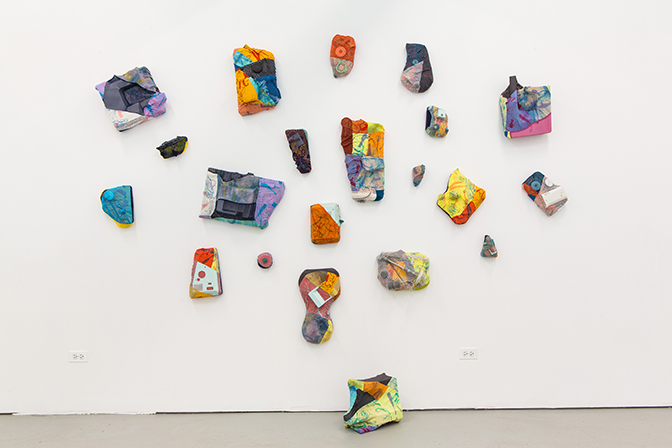
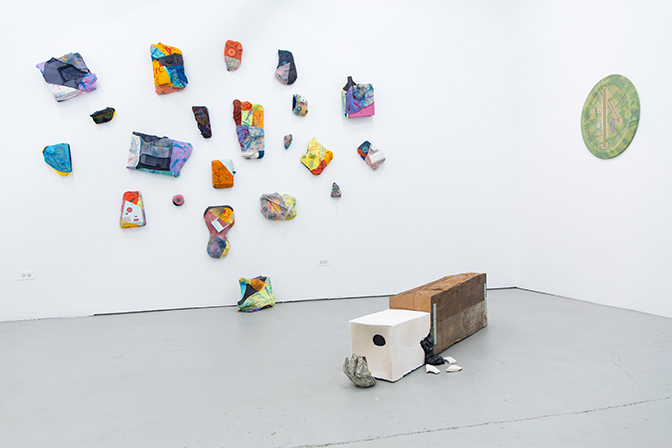
I see your use of materials reflecting the content you examine. Specifically, in working with textiles/fiber arts there’s an implied labor-intensive process felt. You appear to be presenting commentary on contemporary socio-political aspects often overlooked. Can you discuss how you see your tactile process intersecting with conceptual ideas in your practice.
I take solace in slowness and making space for stories. This manifests in my live in several ways, I read books about history, I write by hand in the mornings, I dye fabric with natural pigments and in general I love the tactile processes that take time. One lasting method for this has been sewing objects into fabric by hand. Textiles were our first technology, it allowed us to carry things, to live in inhospitable climates, and there is rarely a time of day that you are not wearing, sitting on, or surrounded by them. Their history alongside our own is fascinating. In many of my works I use a quilting method that is called “trapunto” quilting, which is just Italian for “to quilt”. It is usually done with stuffing to make 3-D motifs in the quilted surface, but the root word “trap” really stuck with me. I wanted to think about what it would be like to trap objects in fabric. Which of course I am also fascinated by objects. As a kid I was much younger than my siblings and alone a lot. I would spend time in the attic looking through my family members old things, curious if I could learn anything about them from these abandoned possessions. I still think about objects as something that we can learn from. What desire do they fill what role do they play in how we form our lives. I think of my practice of shrouding broken and abandoned objects as memorial and celebration. A transition that is full of gratitude. What these items have been has reflected where I was at in my life. When I had an unstable home life the objects tended to be reflective of domestic tension, broken plates, cups and objects from a junk drawer. All these efforts to make order out of chaos. I then began using broken items in my workplace, so many mass produced. When they were produced, these advancements were created on a mass scale, and like all material culture, reflect our desires from their time of use. These objects designed and built by so many hands, are held by hands once more to be dissected and shrouded, contrasting processes of labor, mass production and slow stitch.
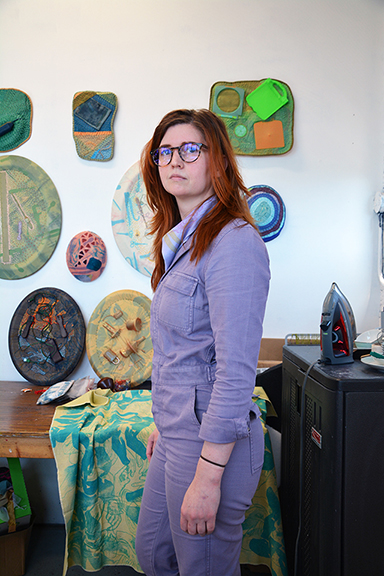
Over time they have shifted from being autobiographical to being reflective of my community. I have donors give me things they have held on to and are ready to let go of. I talk to people about the objects they have with them at a performance that matter to them. Ultimately, I think of this as a practice that tells us stories about people through the items we live with, and a practice in gratitude.
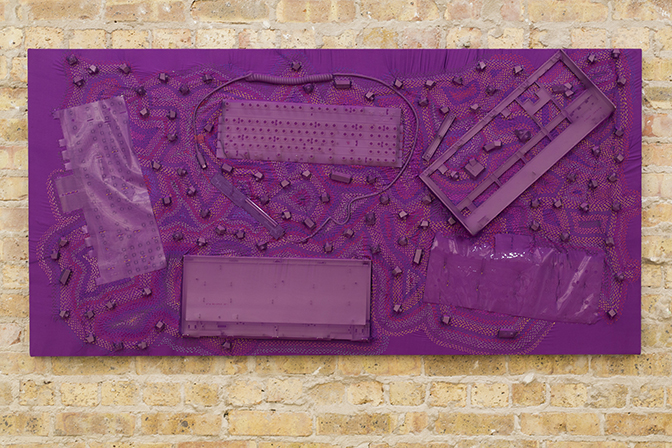
You are currently Curator of Exhibitions at the Fine Arts Center Gallery in Northeastern Illinois University? Do you see the curatorial process impacting your studio practice? What are you currently working upon?
That’s right, I also worked there as a gallery assistant back when I was a student at NEIU in undergrad circa 2013-15, so I’ve very happy to be back. I do also take on independent curator projects as I am able. I think that my practice as a curator has made me better at sitting with uncertainty as well as learning how I can support artists. The root of the word curate means to “care for”, in my situation where we don’t have a permanent art collection, the thing that I feel drawn to care for is my artists (as well as their work of course) and my student population at NEIU. Obviously, I am also always thinking of practical installation design matters, how will something be installed, how is the show organized, what are the throughlines and variations. All these thoughts come into the studio with me and make me plan not just how I make individual works but also series.
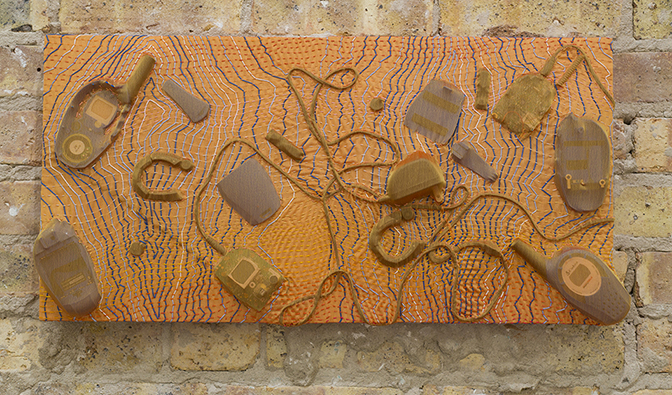
In addition to your studio practice, you teach. Are there any recurring ideas or studio practices you attempt to share with your students?
I think my industrious attitude comes through in my teaching style. Much of what I teach is the technology of a pervious time, book and box making, printmaking, quilting, natural dye and pigments from plants. They are still beautiful processes that people are drawn to, and much like my art practice they are things that take time and practice to do well. I think the recurring themes I bring the idea that my students are trusting the process, practicing hard things and consider alternative ways to make something. I like to emphasis that my way is not the only way, there are many ways to accomplish artistic goals. In almost every class I have student’s point out how patient I am, which I think is needed for the skill sets I’m sharing. I’ll explain something in 4 or 5 ways, just with the knowledge that everyone learns differently.
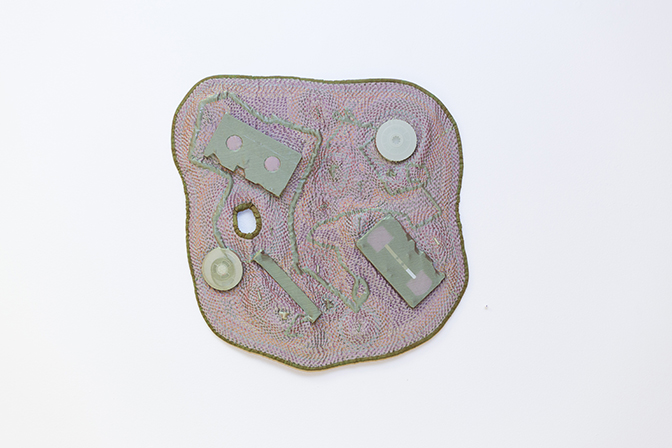
What do you value most in your aesthetic practice?
In my practice as an artist, curator and educator my strongest held values are connection and industriousness. These are the two things that I always circle back to as my pillars. I want to create and care for spaces and images and classrooms where people are brought together, where we see a variety of peoples stories and feel their resonation. I also want to work with what I have, be thoughtful about how my objects exist in the world, and who they serve. Someone that has donated a lot of broken items to me mentioned to me that they are interested in how the objects people give me find a new place with ease, that in my practice they move through me. And though not always, it does often flow like this. The aesthetic that this brings me is often a thing that I’ve never seen before that simultaneously feels familiar.
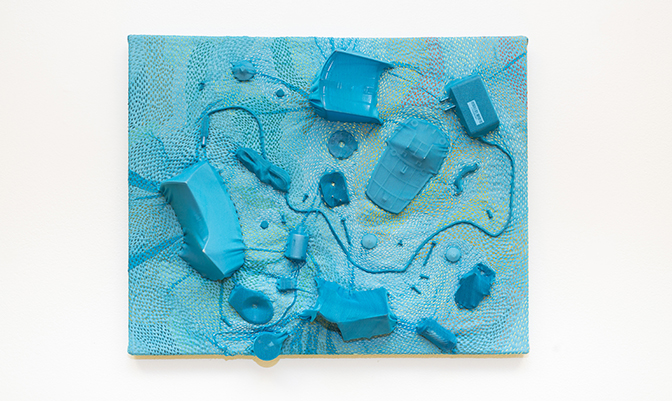
In June you will be presenting work at the Upstairs Artspace in Tryon, North Carolina with Arden Cone. What’s the plan for this effort? Do you have any other plans or projects outlined for the summer?
The exhibition with Arden Cone this summer is one of my main focuses for the summer the title of the Exhibition is Time’s Witness and it will be on view May 6th through June 16th. I will also be facilitating Maddie May’s Exhibition Holding Heavy Objects at NEIU’s Fine Art Center Gallery, and preparing for two other exhibitions in August and September. But coming up sooner is my Solo exhibition REVIVER at Lillstreet Art Center which will be on the first-floor gallery March 24 through April 15, 2023.
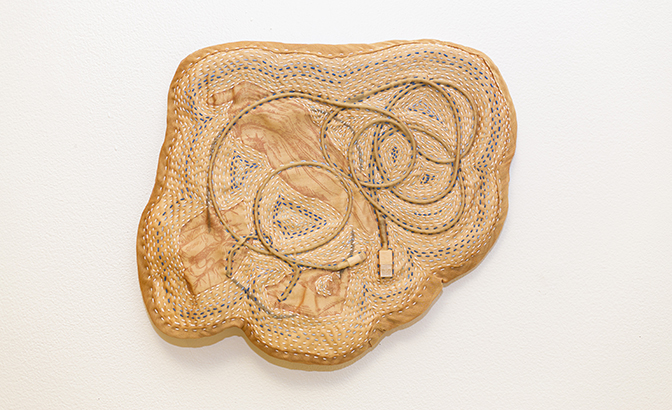
For additional information on the curatorial and studio practice of Millicent Kennedy, please visit:
Millicent Kennedy – https://www.millicentkennedy.com/
Millicent Kennedy on Instagram – https://www.instagram.com/millicentkennedystudios/?hl=en
Saint Xavier University – https://sxustudentmedia.com/artist-millicent-kennedy/
Northeastern Illinois University – https://www.neiu.edu/academics/college-of-arts-and-sciences/departments/art-design/faculty-and-staff
Chicago Gallery News – https://www.chicagogallerynews.com/events/meet-the-artist-millicent-kennedy
Dispatch Gallery – https://www.dispatchgallery.org/millicent-kennedy-talking-about-your-work-from-artist-lectures-to-networking
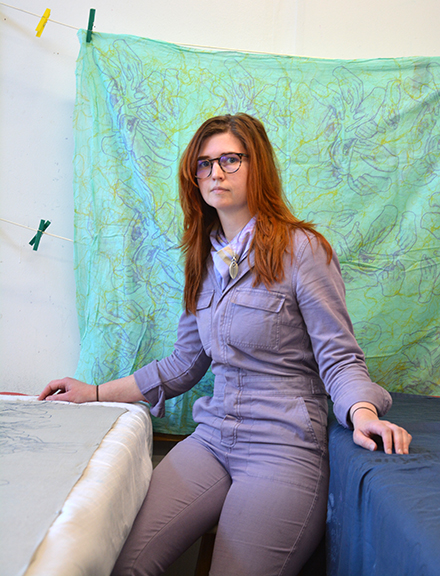
All exhibition views courtesy of Amy Shelton: https://www.amysheltonphotography.com/
Artist interview and portraits by Chester Alamo-Costello


